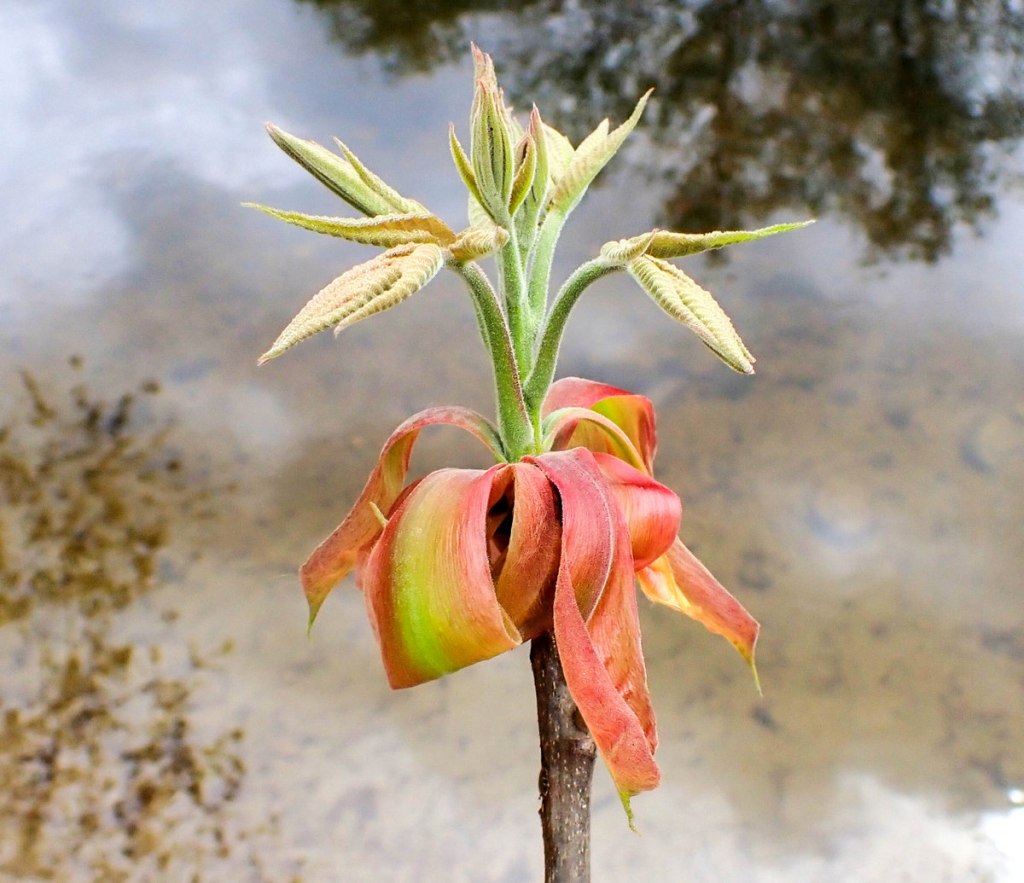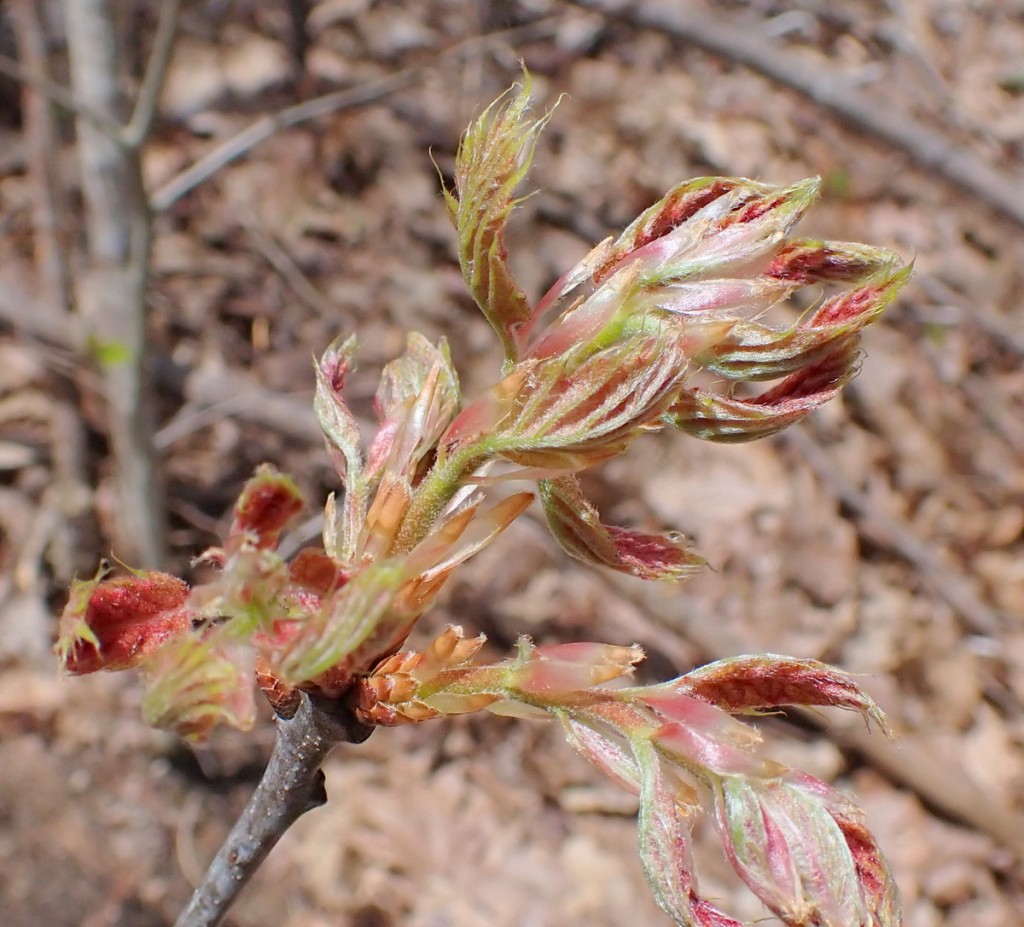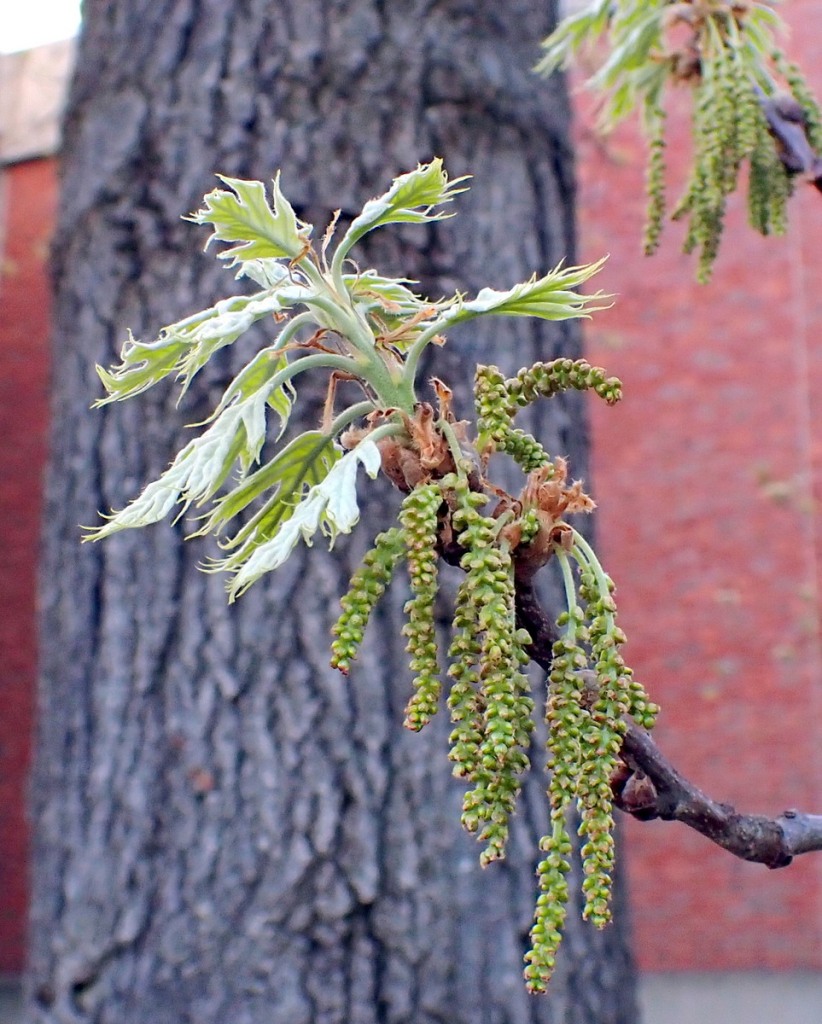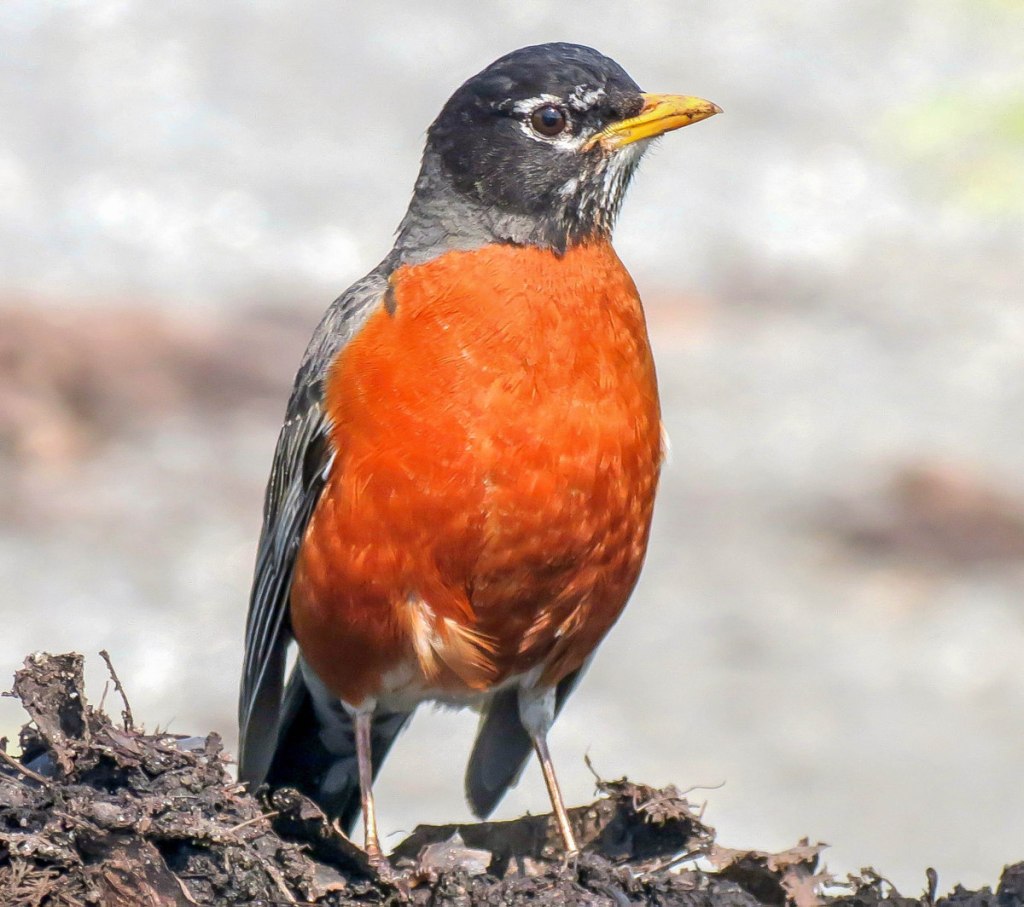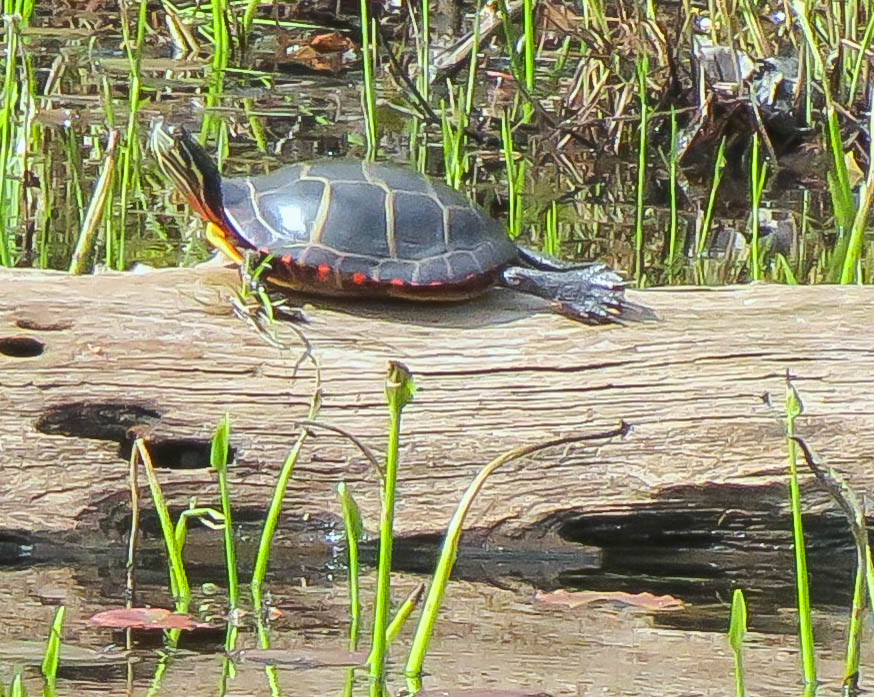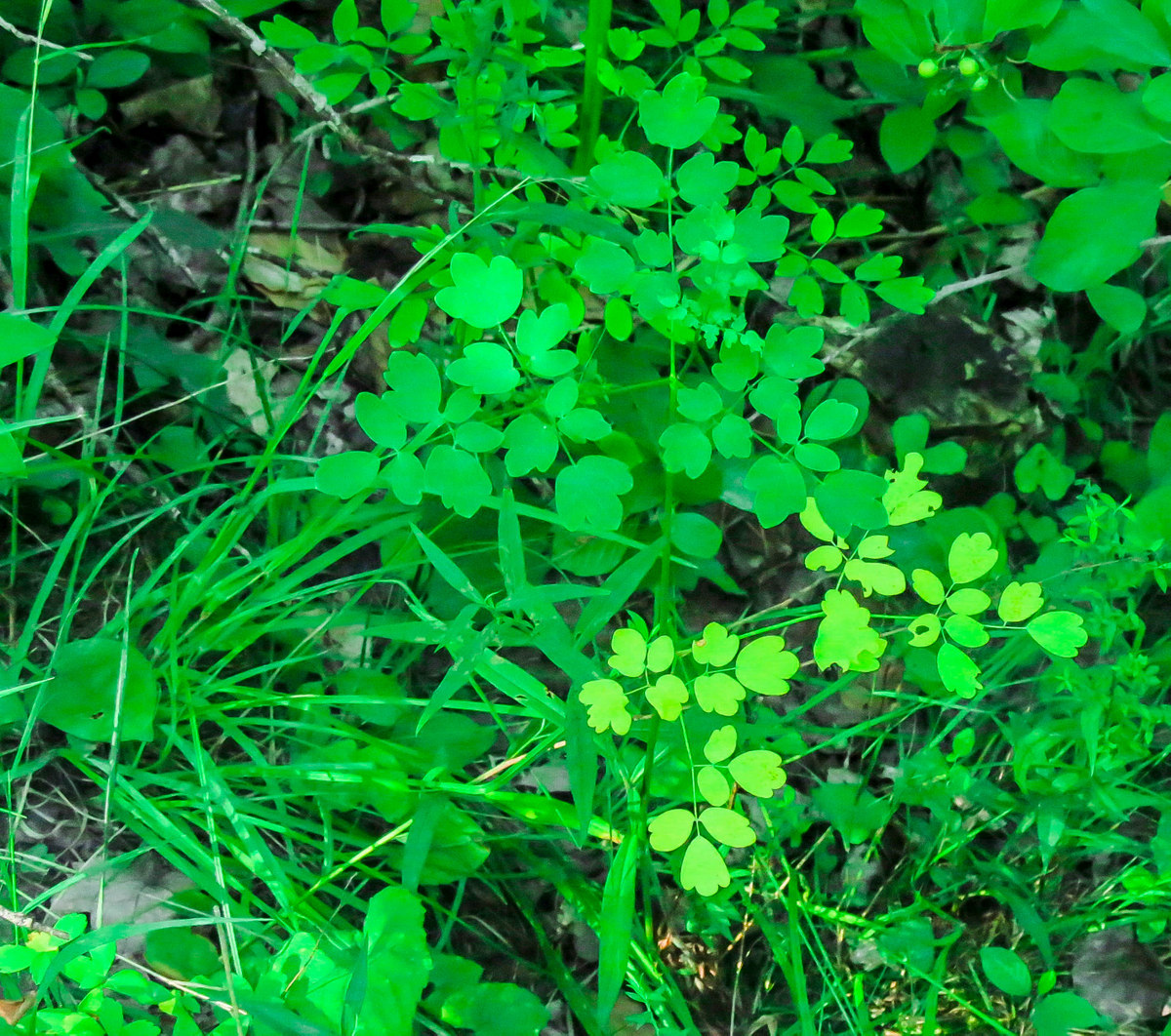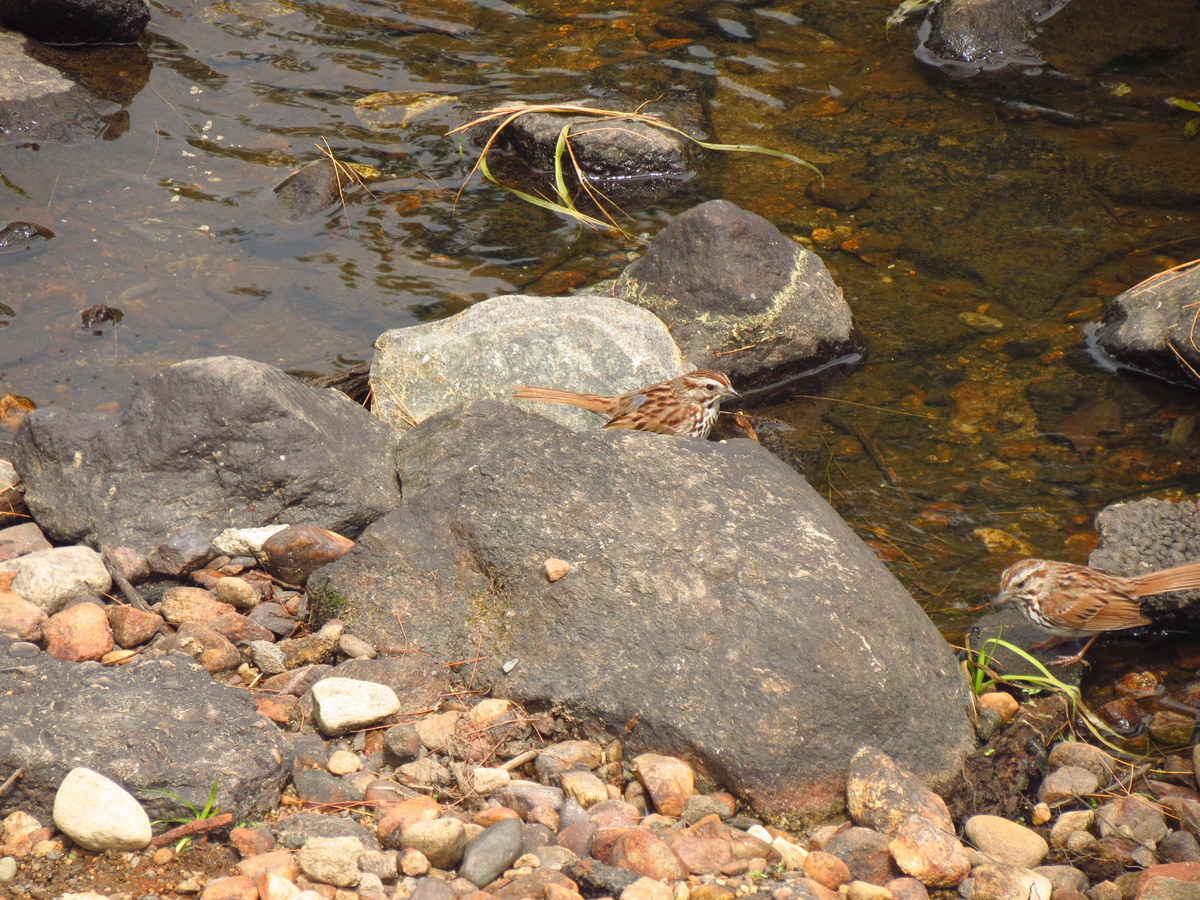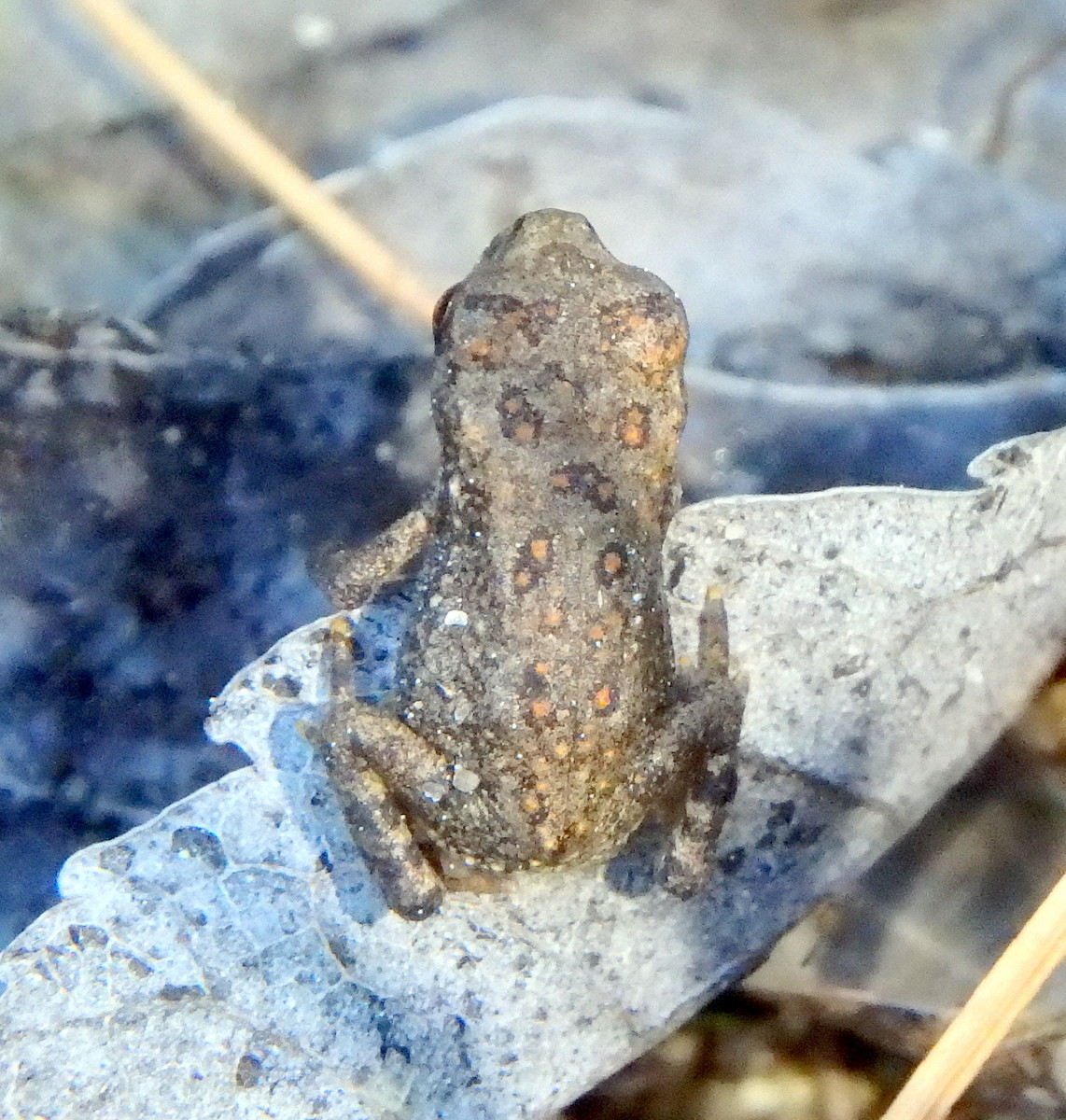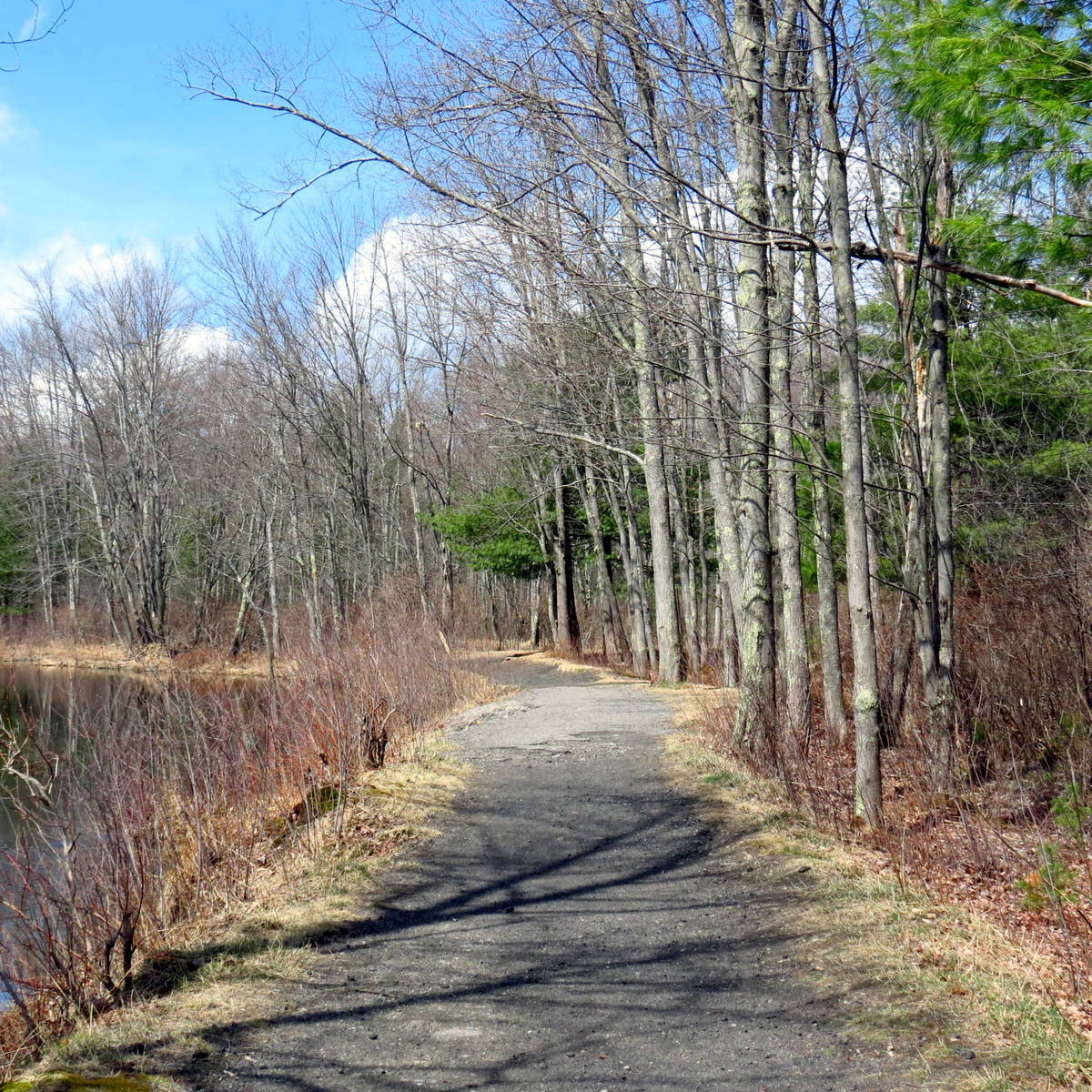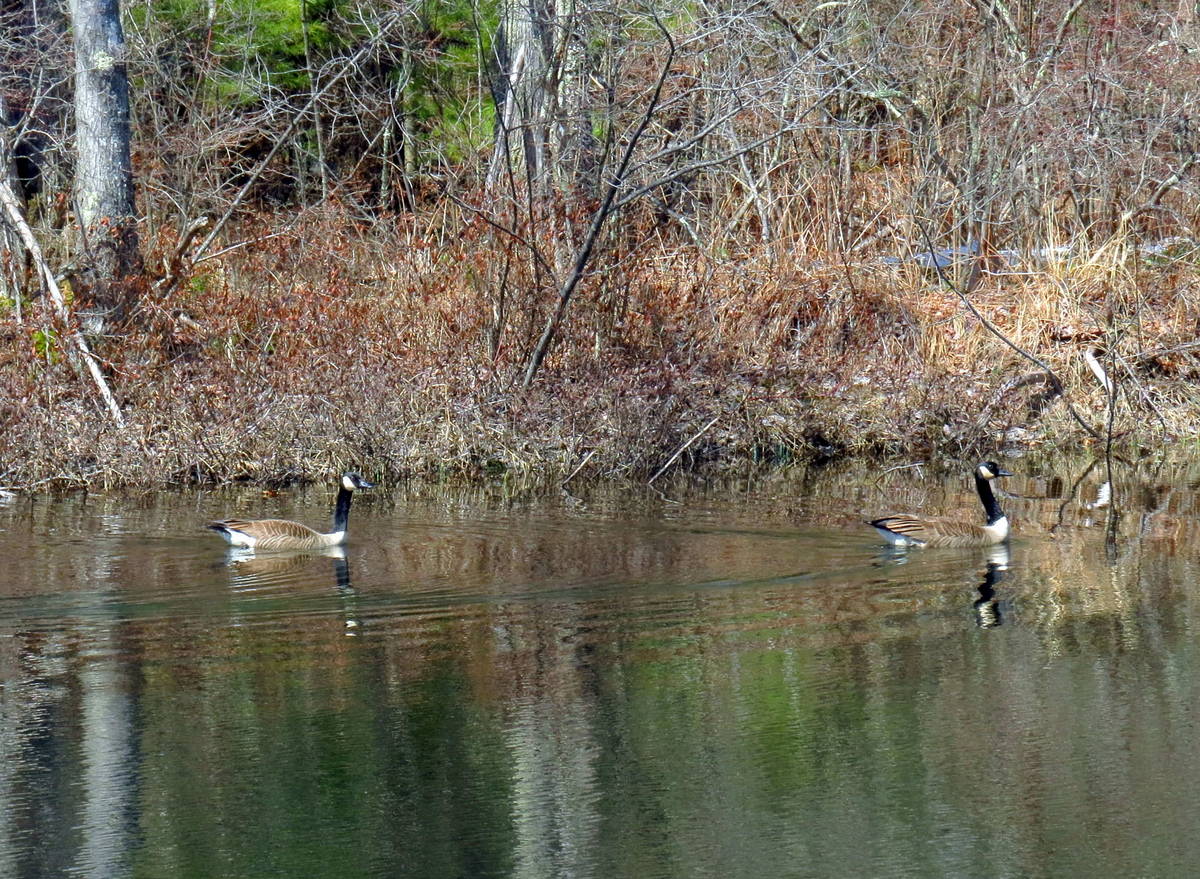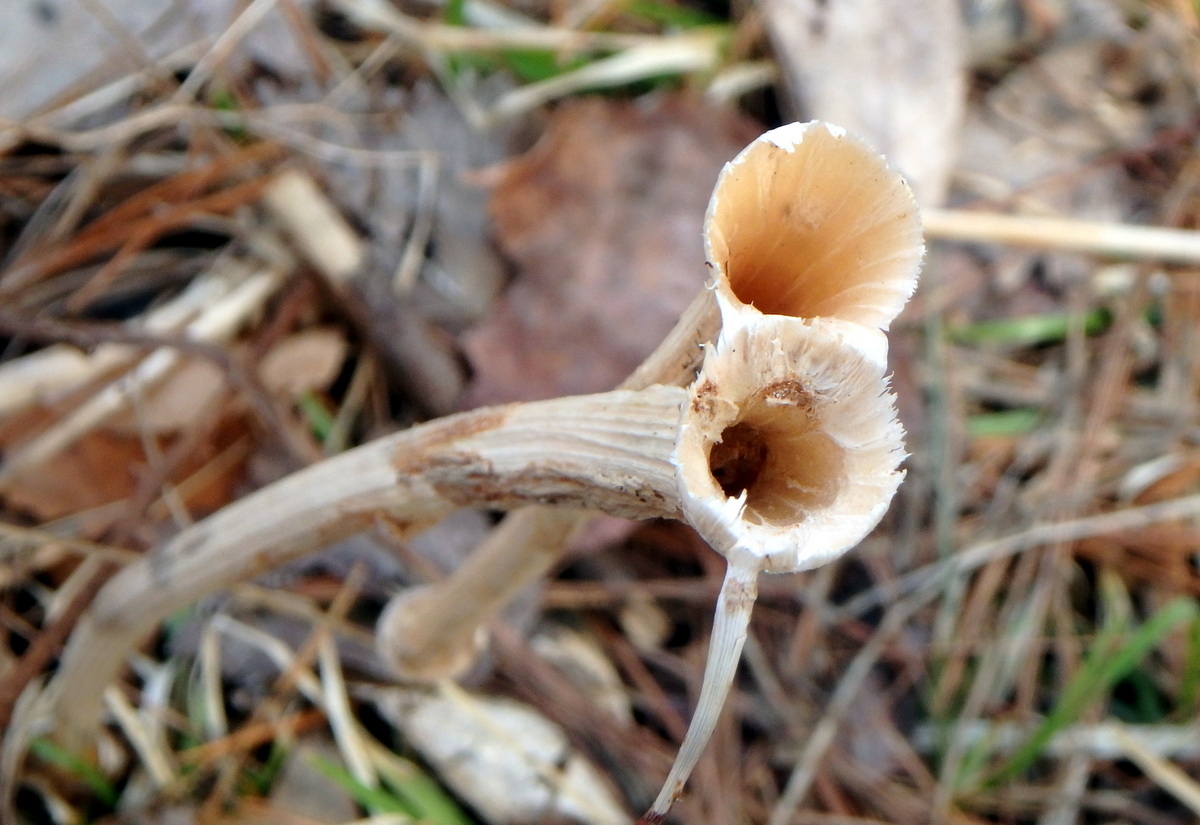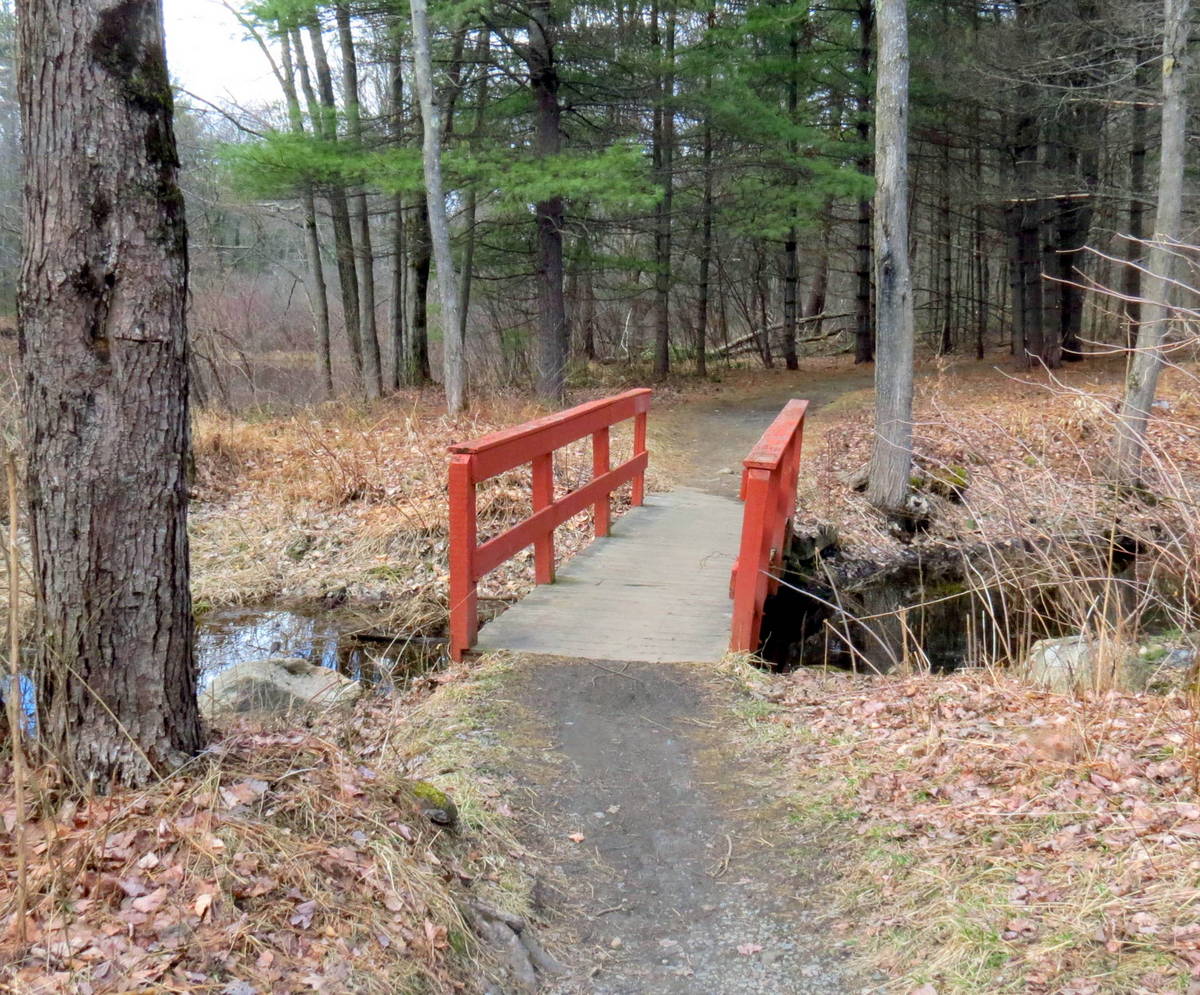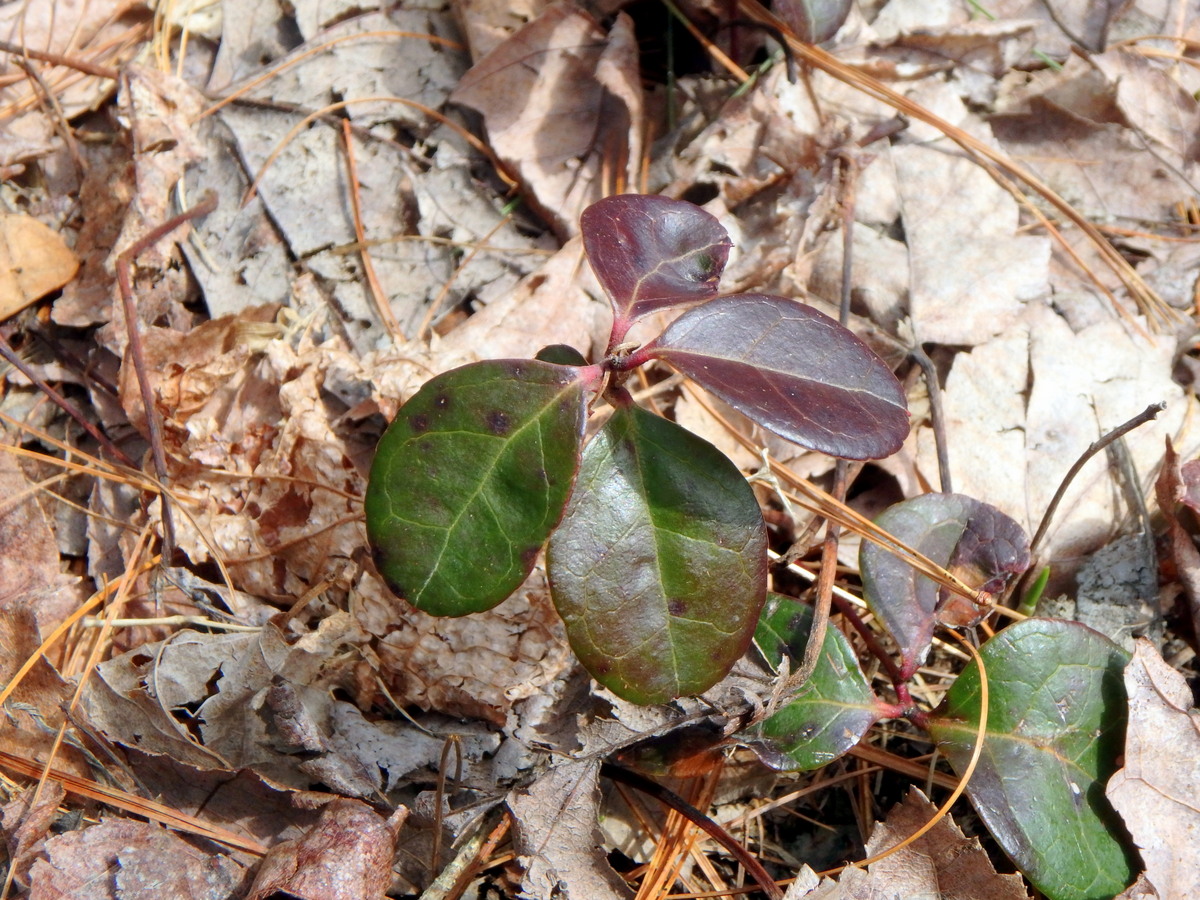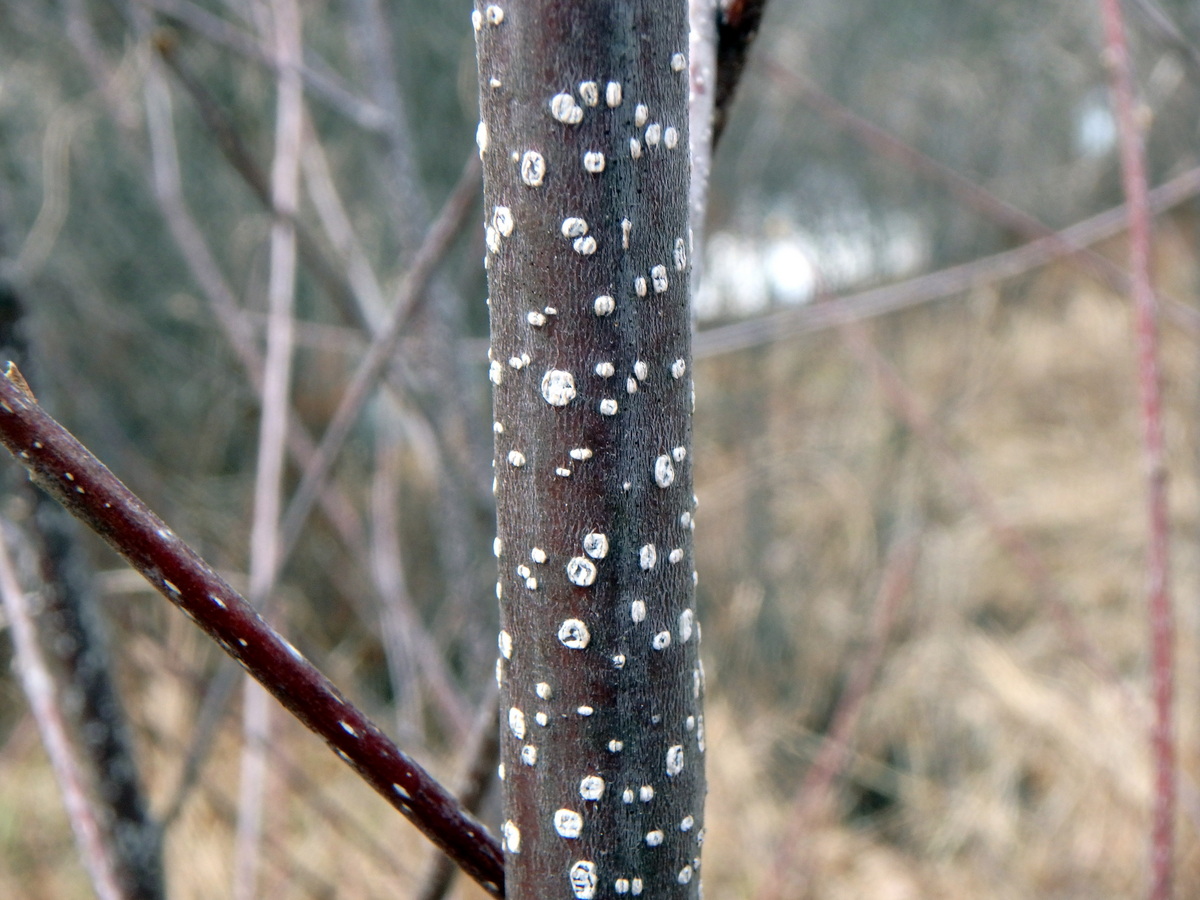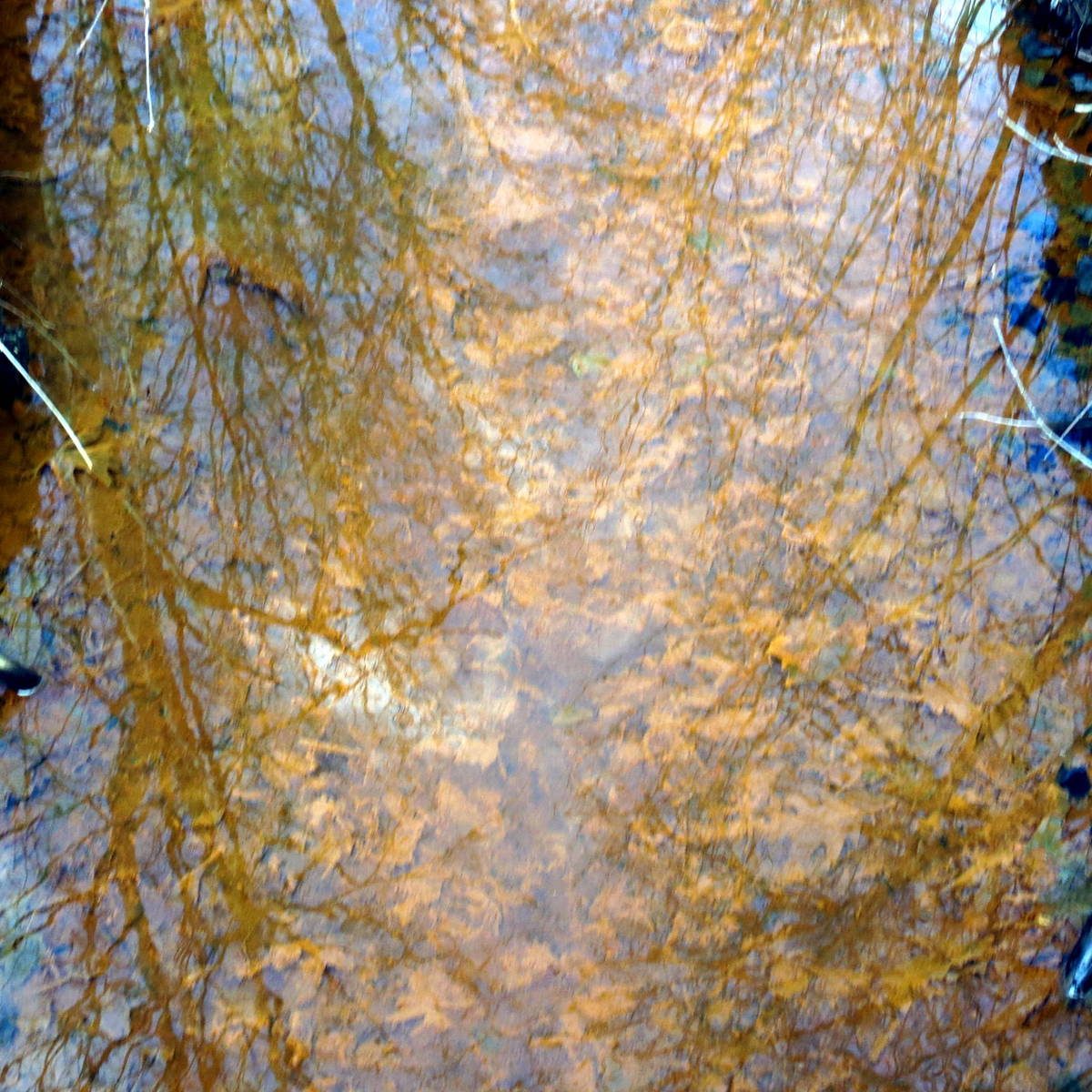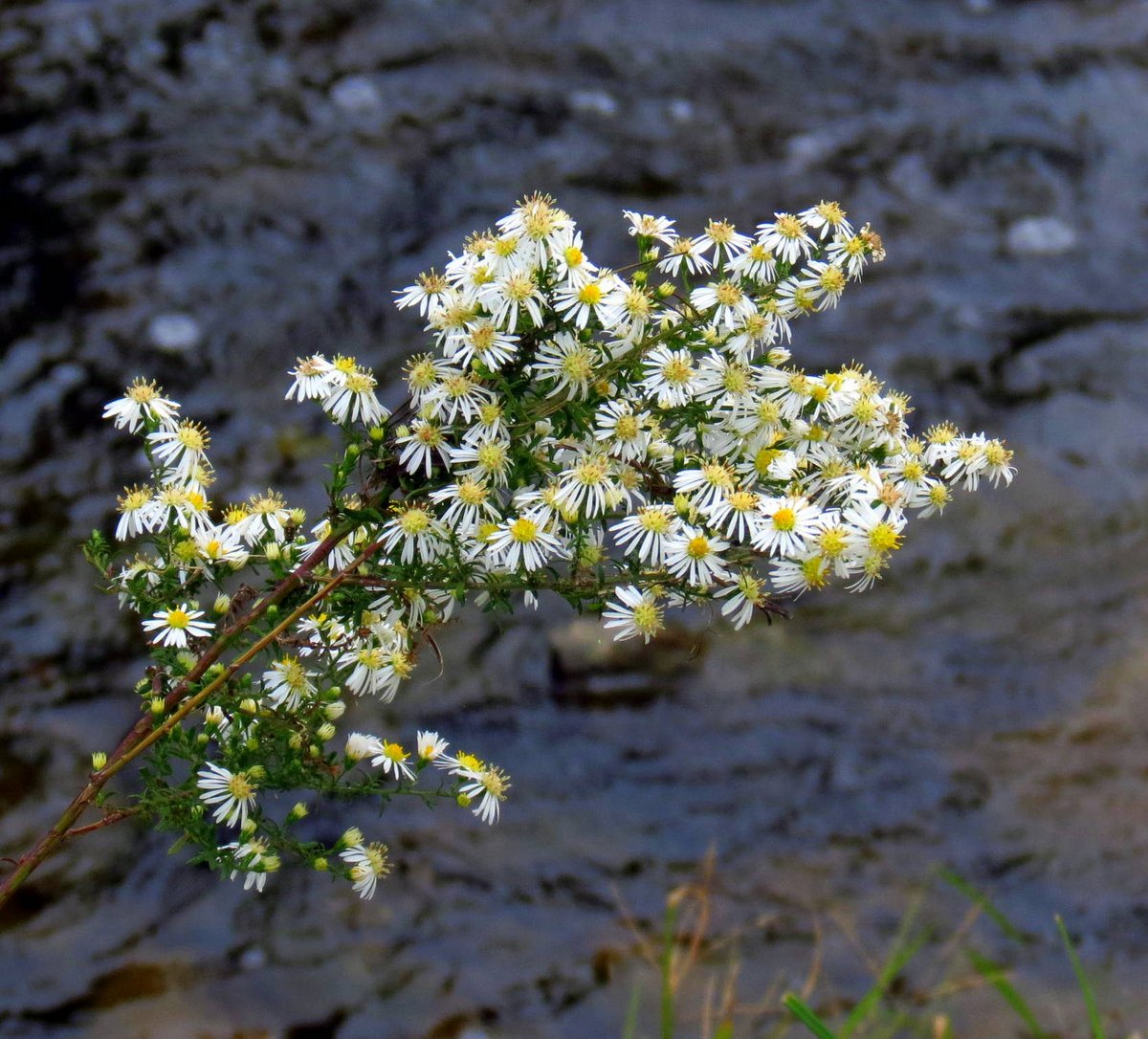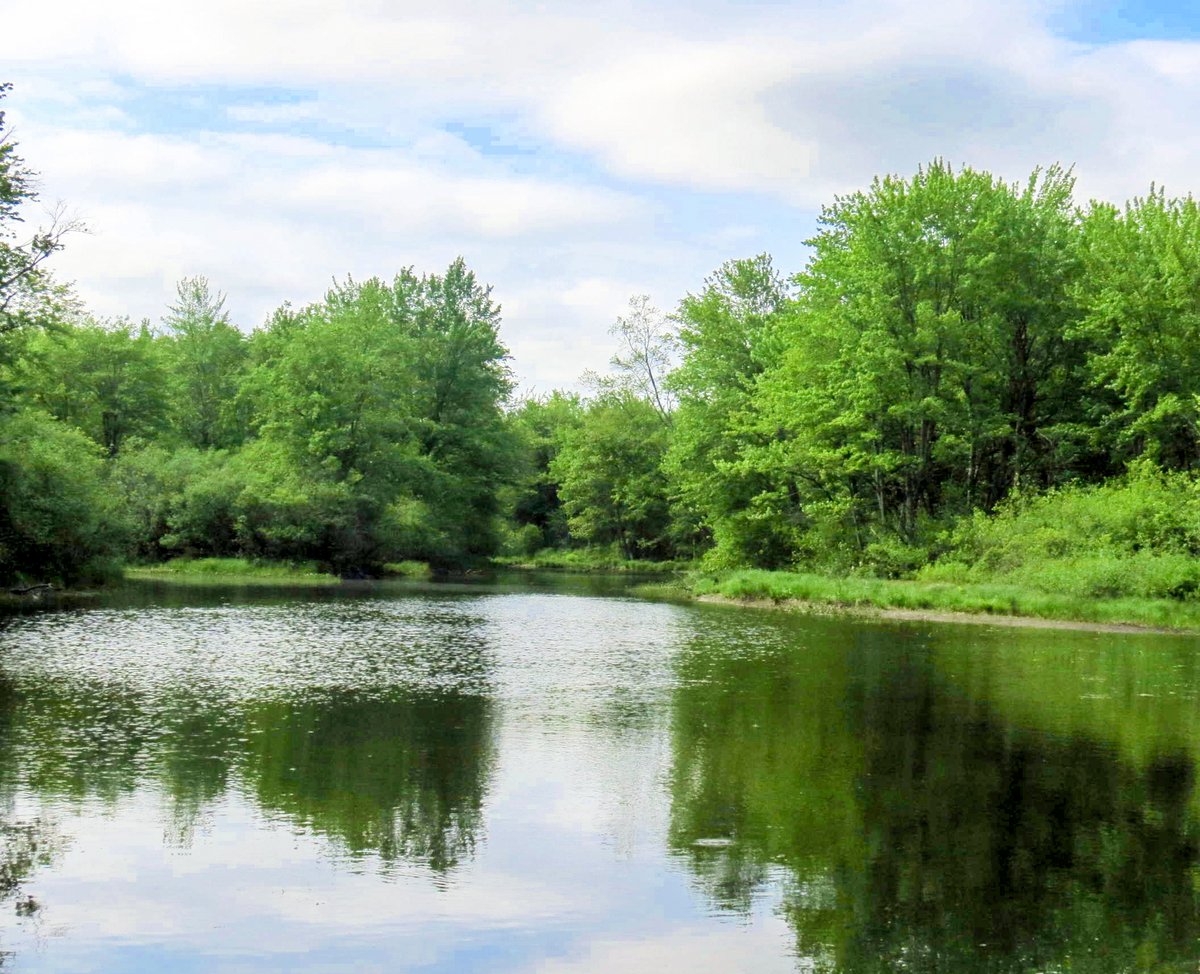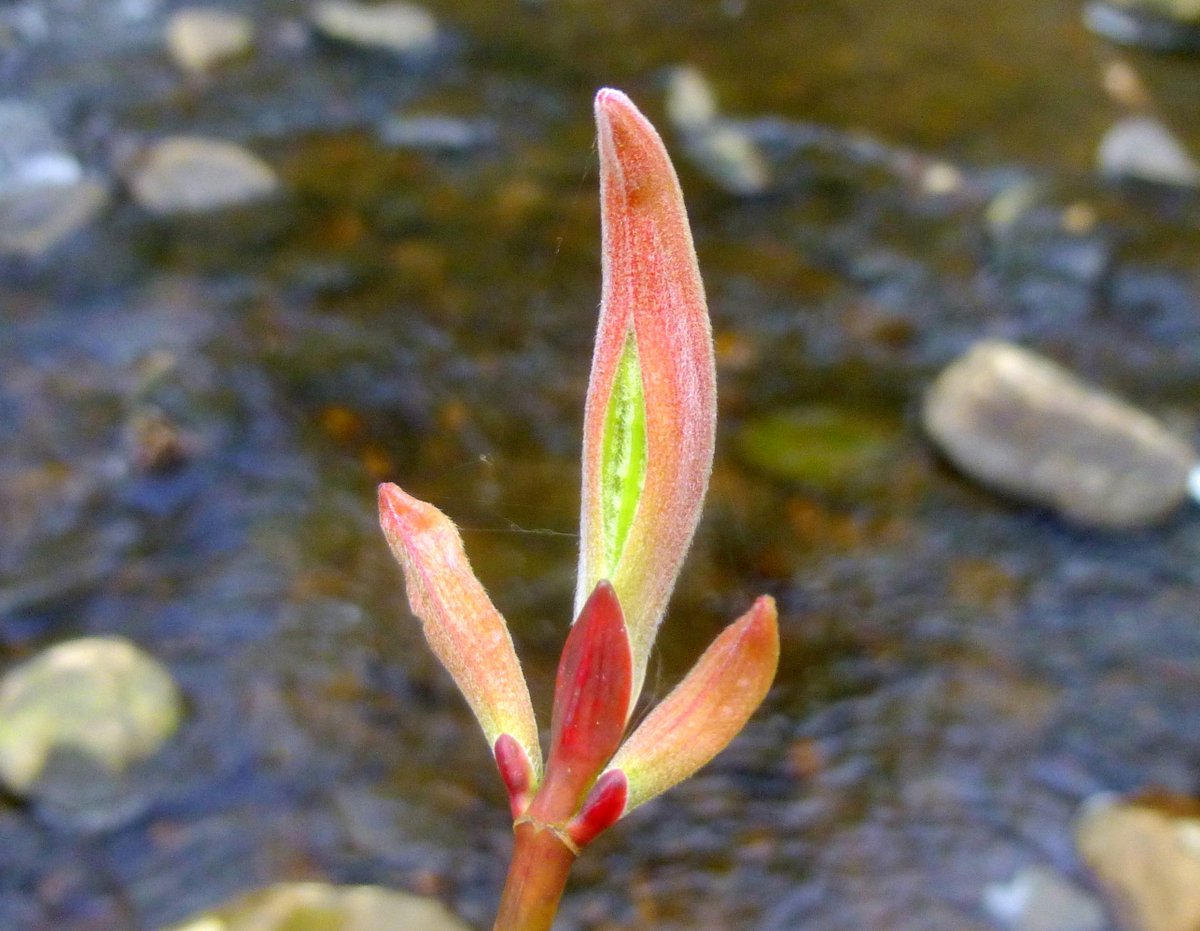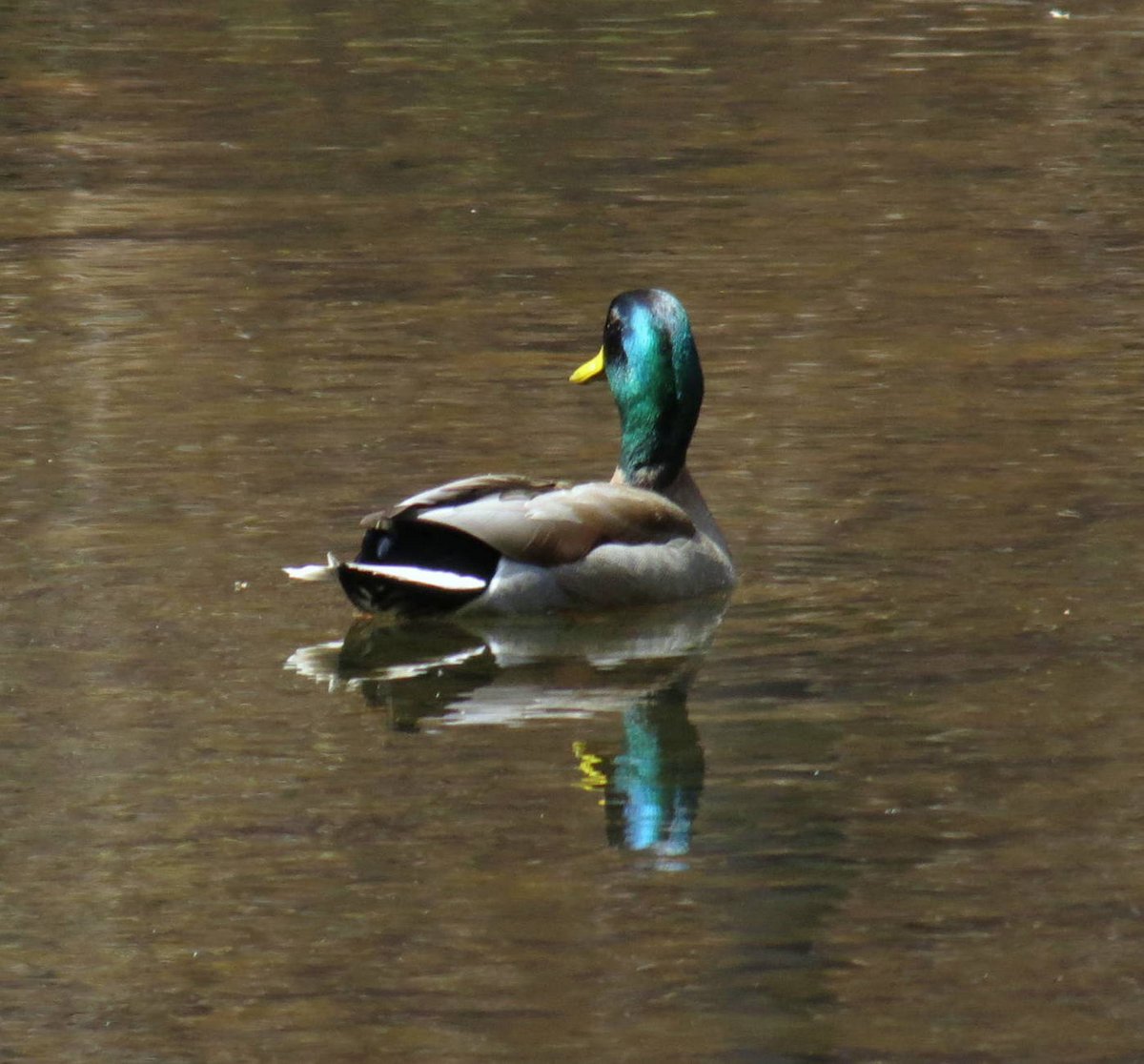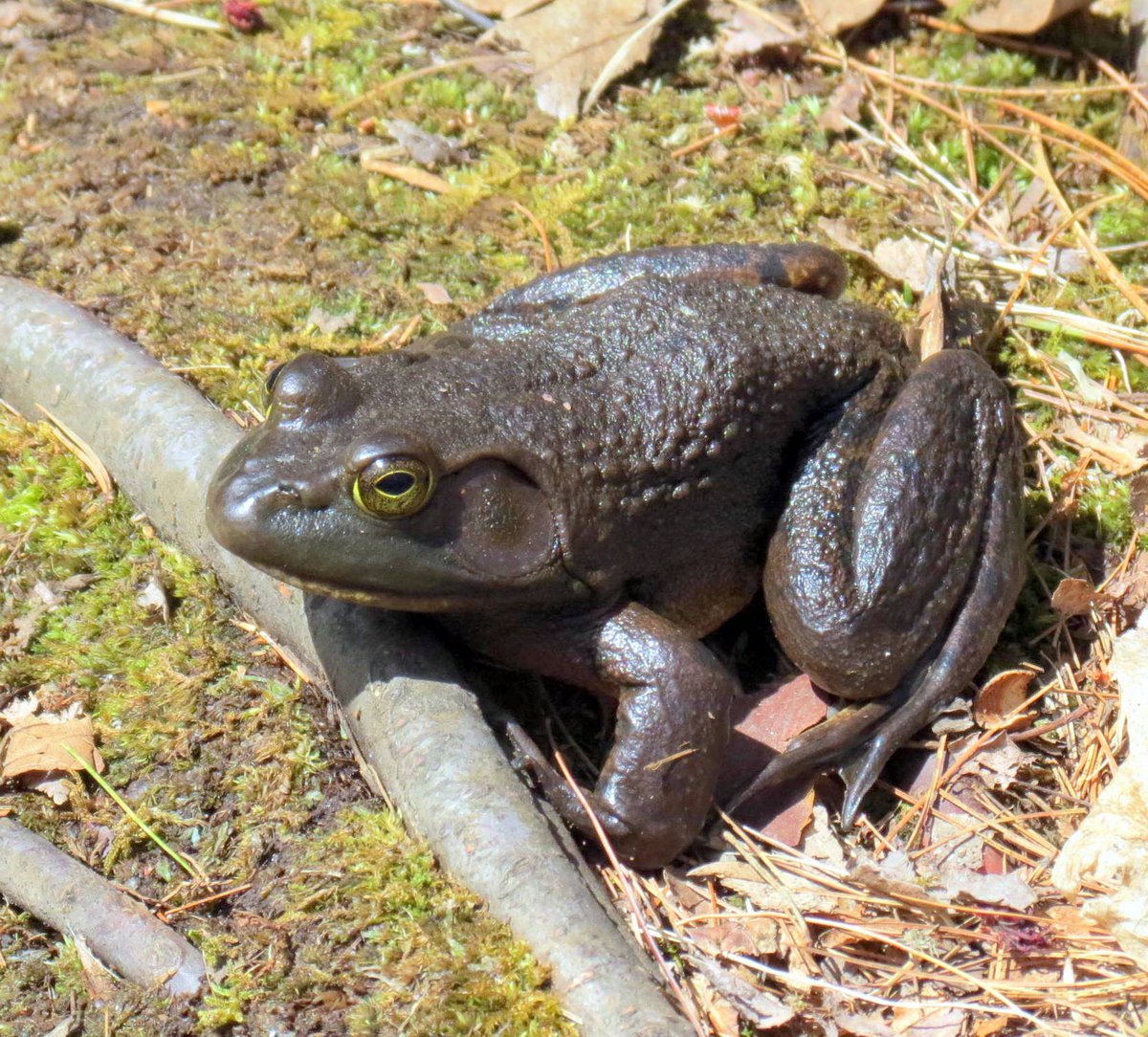
Due to all the rain we’ve had I think, we have an abundance of fruits, seeds and nuts this year. Silky dogwood berries like those in the above photo are everywhere this year. Heavy clusters of them weigh down the branches and their varying shades of blue and white as they ripen always remind me of Chinese porcelain.
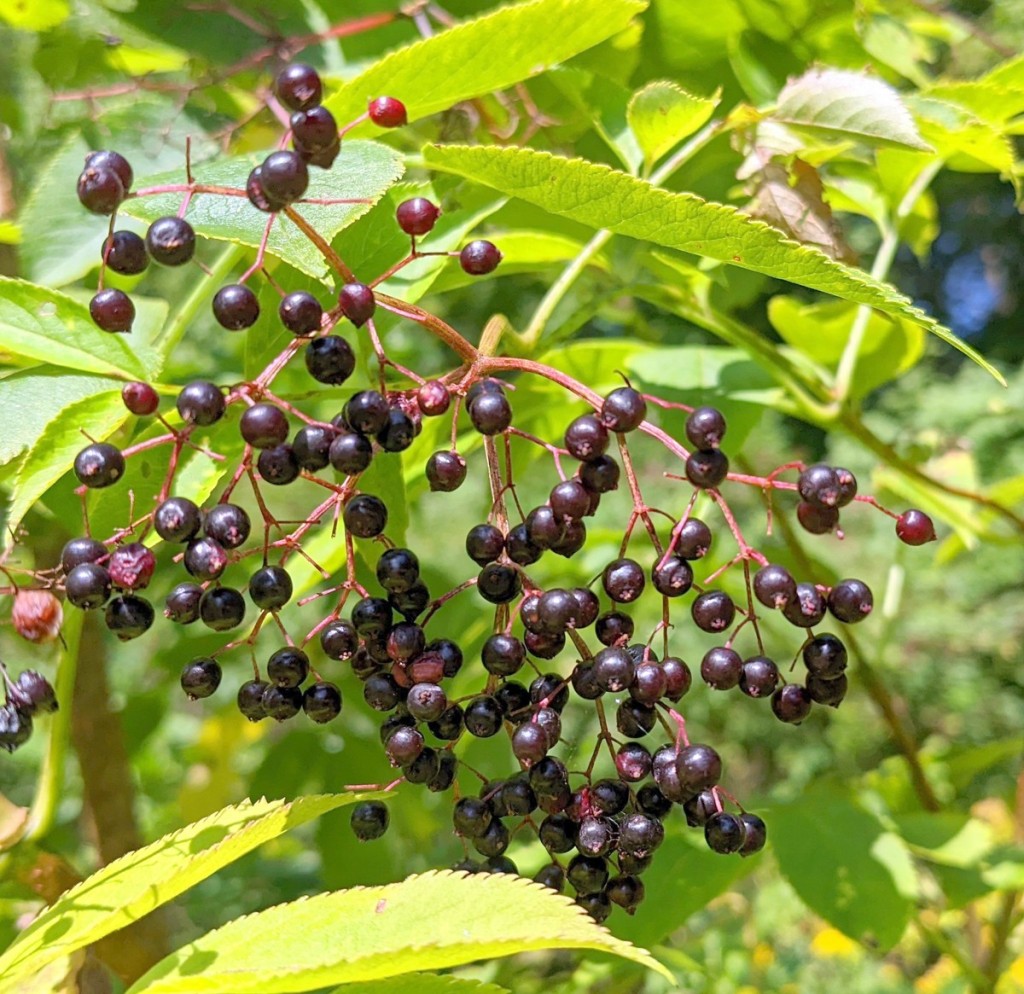
Elderberry bushes are also heavy with ripe fruit but it won’t last long because these are a real treat for birds. I was surprised that I was able to get a shot of this bunch before they were eaten. I grew up across the street from an Italian lady who used to tell me of all the benefits of eating and drinking anything elderberry. She’s the one who got me thinking about the health benefits of certain plants. Elderberry bushes grew by the hundreds all along the river and when she was younger she said, she would gather as many as she could and make elderberry wine and other things from them. I just saw a small bottle of elderberry syrup selling for $19.99.
NOTE: Raw elderberries and their juice is toxic so they should always be cooked or processed before use.

Virginia creeper berries are another favorite of birds, especially songbirds. It is said that deer, gamebirds, and small critters also eat them. Before she died my mother planted Virginia creeper on wire that was attached to the porch on our house, so I grew up with a view much the same as the one seen here. When the leaves turn bright red in the fall and there are still plenty of blue berries left it’s beautiful.

All the ripe fruit got me thinking about the birds that would eat it all so I went to see how the cedar waxwings were doing. It looked to me like they were still eating mostly insects but I did see a couple of them high up in a cherry tree eating cherries, so it’s just about that time. A flock of them can strip a crabapple tree of apples in no time at all, so all the wild fruit growing along the river should go fast.

This is the rock in the river that many of the cedar waxwings call home base when they’re feeding on insects. They blast off from here and go swooping and twirling through the air with some amazing acrobatics before coming back to rest on the stone. They’re really amazing to watch so once I get here sundown is often the only reason I leave.

I’m seeing a lot of native wild grapes dangling from the trees this year as well. They’re usually frost or river grapes but these were quite big so I think they’re probably Concord grapes. I wondered what bird could open its mouth wide enough to get one of these in so I looked up which birds ate grapes and the list is long. It includes cedar waxwings and Baltimore orioles. Of course there are many grapes smaller than these and I’m sure they would be the first choice.

I can imagine birds pecking at grapes. Or if it wasn’t a bird it must have been something else that made juice drip out of the grapes dangling above this grape leaf. I watched a yellow jacket licking up the grape juice and moved in closer for this shot. And then I was surrounded by flying yellow jackets, so there must have been a nest in the tree above. In dry years they’ll nest in the ground but when it’s rainy like it has been this year they’ll nest above ground. I was thankful that they let me escape un-stung. I mowed over a nest in the ground once and was stung many times. And I had shorts on. You don’t forget that.

One very foggy morning I found myself out in the wetlands again. It was so foggy I couldn’t get any long landscape shots but the mist revealed that the trees were draped full of spider webs like the one above. I thought that all that water on its web must bother the spider but I’m sure like all of nature they are patient and would just wait for the sun to dry things out. I walked on, wondering what else I’d see.

Slowly the sun was burning its way through the mist. I stopped at a small roadside pond and saw turtles out of the water. It looked like one of these turtles was getting impatient and pushing the one in front of it up the log. The scene showed me that the sun was gaining strength quickly now as I thought it would, and strong sunlight often means insect activity.

I went to a spot where I knew some beautiful red meadowhawk dragonflies hunted. I had seen them and had even gotten a couple of not so good photos of them the previous week but red is very hard for me to see, so they usually just blended into the vegetation and disappeared. On this day I walked into the bushes where I had seen them before and just waited. Meadowhawks like to hunt in vegetation so they sit and watch the grasses rather than the water like some other dragonflies. When I walked into the area I scared up lots of insects out of the grass so I thought the dragonflies would be around. I was right; before long the one in the above photo came along and landed on a deer tongue grass leaf in front of me, and I finally got the shot I wanted. It’s a beautiful creature.

While I was taking shots of the meadowhawk I felt a tap on my midsection but paid it no real mind. Finally, I looked down and saw this face looking up at me. A large dragonfly had landed on me and was giving me a hug. So what to do now? In my left hand was the Canon camera I had used on the meadowhawks but it was useless up close like this and if I let it dangle from its strap it would scare away my visitor, so with my right hand I slowly reached over the dragonfly and into my shirt pocket for the little Olympus I use for close shots. I was able to turn it on and take off the lens cap without disturbing the dragonfly, and I took this shot. If you click on the photo and zoom in on its face, you will see what looks remarkably like an abstract representation of a human face.

With my right hand I held the camera out to my side and, shooting without being able to see this view of the dragonfly, I took several shots. Not surprisingly most of them were terrible; this is the only one worth showing to you. Then I thought that maybe if I tried my cell phone camera I’d have better luck so I reached into my back pocket for it. When my visitor saw the phone it immediately flew off, so that was the end of this encounter. I’ve had dragonflies land on me before and once, when one landed on my shoulder, I put my finger up to it and it climbed on and perched there like a canary. In fact, I had quite a time getting it to let go. Luckily a coworker came over and helped. This dragonfly, if I’ve done my homework correctly, is called a green striped darner. It seemed huge at about 3 inches long; twice as big as the meadowhawk. Its wingspan is said to be about 4 inches, so everything about it just seems really big. It is one of the “mosaic” darners and you can see where that name comes from if you study its beautiful body. It is native to the northeastern U.S. and I’ve read that they “may be found resting on tree trunks or hanging from branches.” And on people too, apparently.

I could see that this was going to be one of those days when one thing happened right after another. Out of the corner of my eye when I was getting photos of the friendly dragonfly I saw a great blue heron glide by, flying low as if to land, and here it was. I wondered if it was waiting in line to have its photo taken but no, it was just fishing. All the plants you see below it, which are smartweeds, are growing right at the edge of a stream, and that’s where the big bird was fishing. It waded around paying no attention to me so I took a few shots and wished it good luck as I left.

I had walked just a few yards when another red meadowhawk landed in the gravel at the side of the road. I should say that “red meadowhawk” isn’t this dragonfly’s official name. I thought it was an autumn meadowhawk at first but that one has yellow legs so I tried to look up what its real name was and found that there are so many species of red dragonfly even experts have trouble identifying them, so for now I’m staying with red meadowhawk. You can see how this beautiful dragonfly holds its little “hands” together in front of itself. If you scroll back to the first one I showed you’ll see the same pose. They look as if they’re clapping to a beat only they can hear.
It seems to me that these gentle, intelligent creatures are as curious about us as we are about them, so I’ve learned to walk into a spot where they’re active and then to just stand or sit still. They’ll hover in front of you and fly by for a bit, and when they’ve decided that you aren’t a threat, they’ll feel comfortable enough to land very near. Let them study you first and then they’ll usually let you study them.

Beautiful little forked blue curls, an end of summer wildflower, grew alongside the road. Barely as high as your shoe tops, they make up for their small size by blooming prolifically. These plants are annuals that grow new from seed each year. They seem to like sandy soil and I find them growing along river banks and sometimes roadsides, and sometimes in my own yard.

The insect is guided by the spotted lower lip of the flower and if it is heavy enough the arched anthers spring down and dust it with pollen. Their pollen is white, as can be seen at the ends of the anthers in this shot. Each pollen grain looks to be about the size of a salt crystal.

New York asters have started blooming. These flowers are smaller than those of their cousins the New England asters but are still quite showy.

New England asters are about 2-2.5 inches in diameter and the New York asters are about 1 to 1.5 inches. My favorite New England aster, the dark purples like the one seen here, are just coming into full bloom.

Little bluestem grass has gone to seed and its light catching seed clusters can be seen everywhere right now. The way the light falls on its seed clusters and its pink / bronze stems is very beautiful. In fact people love it enough to plant it in their gardens and several cultivars have been developed. In the Native American Lakota tribe their word for little bluestem meant “small red grass.”

Here is a light catching cluster of seeds, which are valuable food for songbirds, game birds, and many small mammals. We have little bluestem growing along our roadsides and sometimes when the sun hits them just right, it looks as if you’re driving between two ribbons of pure light.

Turkeys are one of the birds that love little bluestem seeds and I’ve wondered if the grass evolved its light catching ability to make it easier for birds and animals to see them. This bird and a few others were just off the roadside in a beautiful field of light one day. When I pointed the long barrel of the zoom lens at them they must have thought I was a hunter because they all immediately crouched their heads down and walked quickly away, still in a crouch. Wild turkeys will chase people; that’s something that has been documented many times, so I thought they’d be fine with my being there, but they weren’t. I left feeling sorry to have disturbed them. We should be very grateful that these gentle birds are here, because they eat a lot of ticks.

I was going to sit on a park bench at a local park but it was already taken by this red eyed blowfly, so I moved on.

This cabbage white butterfly took me for a ride into the Twilight Zone for a time. Every time I looked at it through the camera it had this black spot on its wing as is seen here but when I went back and looked at the photo I had taken there was no black spot. Are there two butterflies here? I wondered but no, there was just this one. I finally realized that it could move its hind wing and cover the black spot, and it just so happened that it did that every time I clicked the shutter. Finally when the black spot appeared and I was in sync, I got the shot, but I never knew they could do this.

Here’s the cabbage white with its black spot covered. Clever little rascal.

I had the thought that there had been a noticeable lack of flowers in these posts lately so this post would be about flowers, but nature had other ideas. This post is an example of what I mean when I say that sometimes it seems as if nature “throws itself at you.” All of the sudden there are photos waiting to be taken everywhere you go, and you begin to see things you’ve never seen before. It always seems a shame to pass up such opportunities so you just let nature lead you from one amazing and beautiful thing to another until you realize that you have just been along for the ride while nature has been doing the driving. It’s wonderful when it happens and it is one of the reasons I keep doing this. But you are also part of this and I hope you don’t mind the lack of flowers. There will be more along soon.
Beauty is simply reality seen with the eyes of love. ~Rabindranath Tagore
Thanks for coming by.



